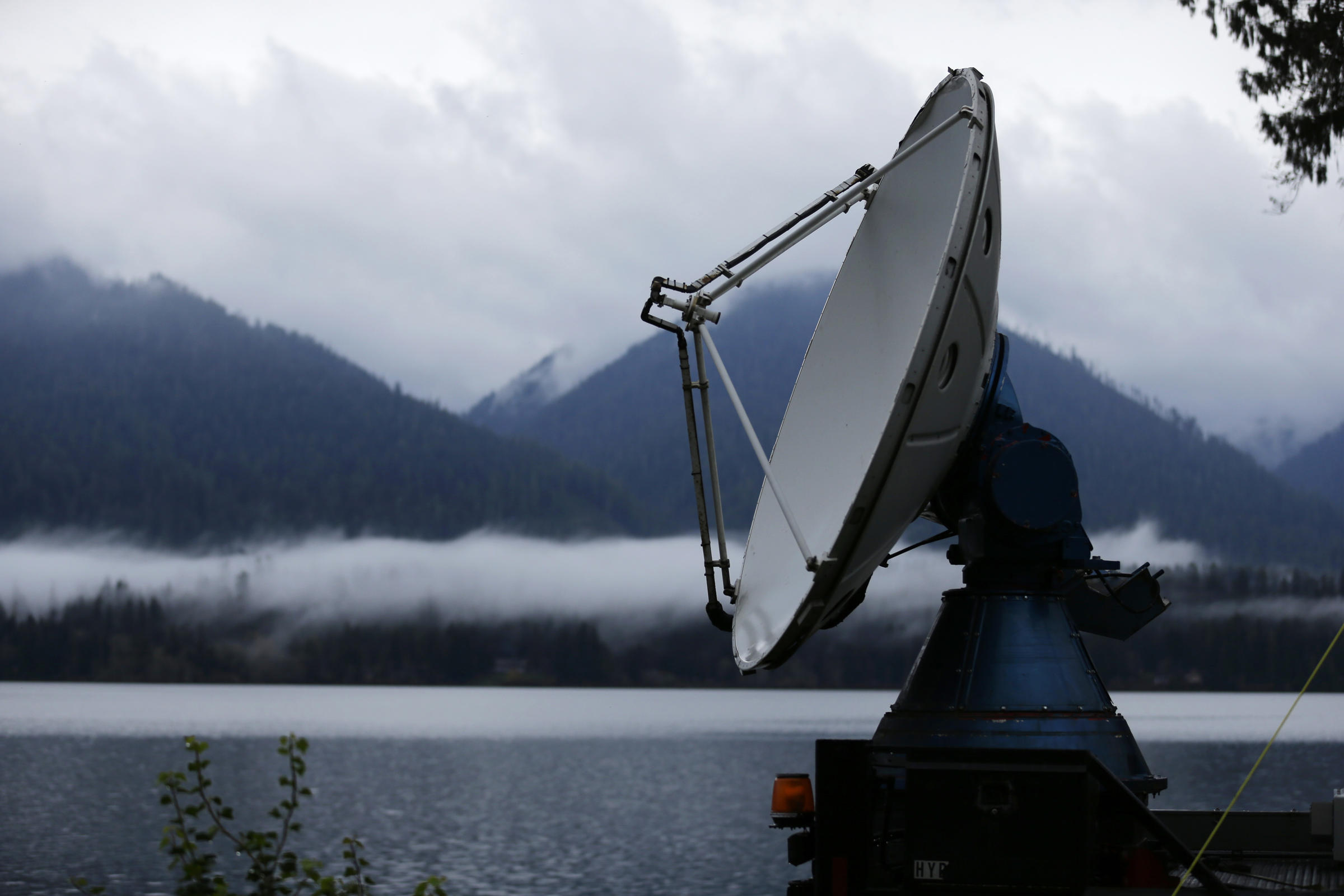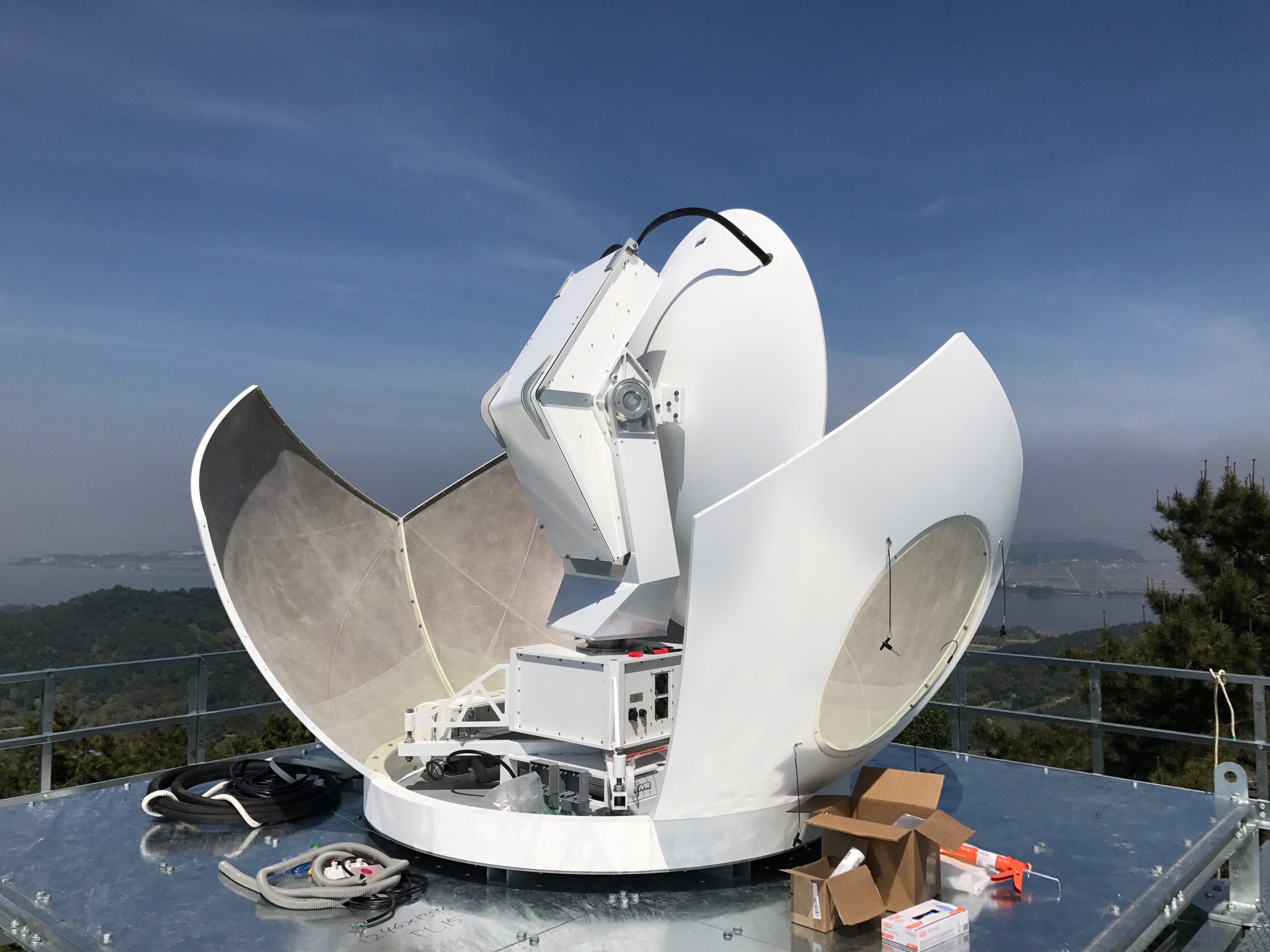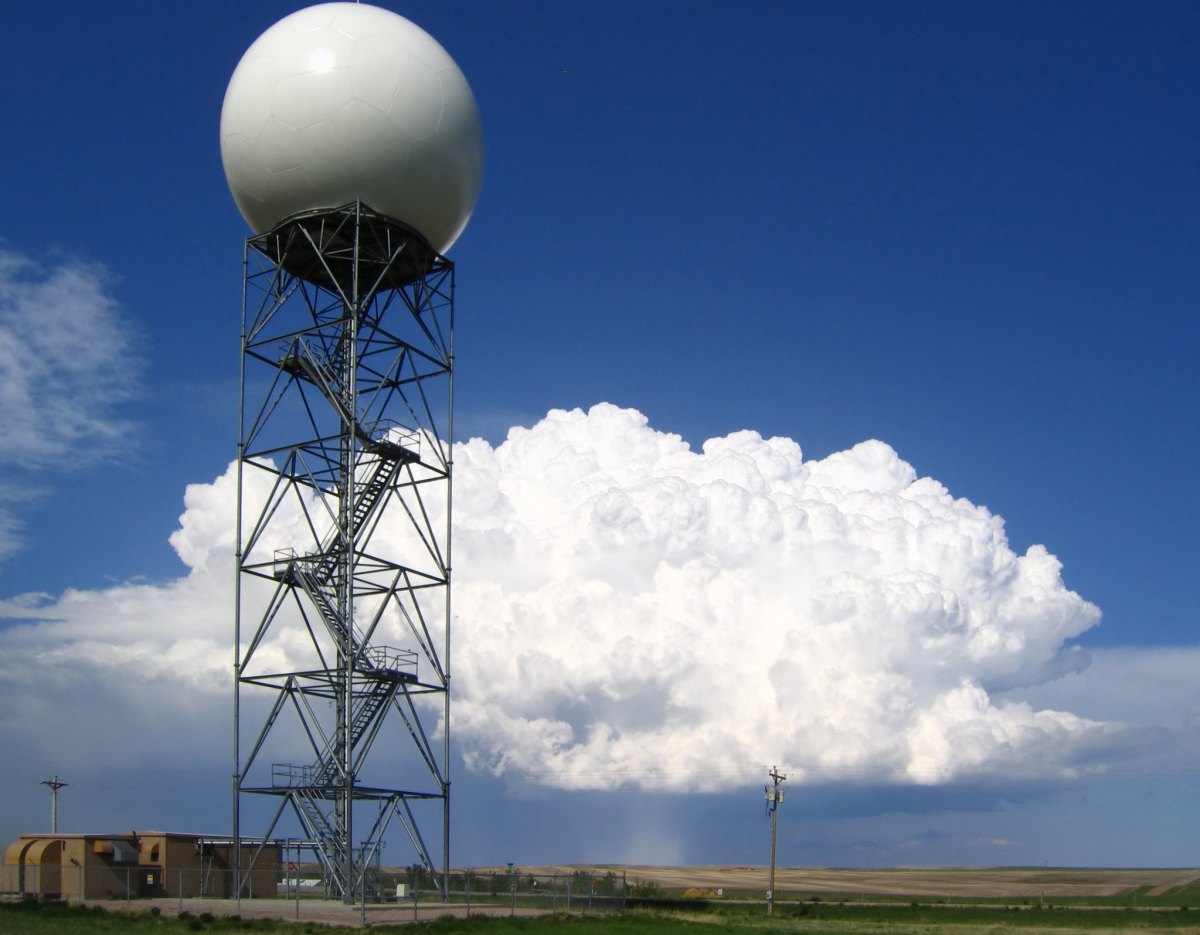Weather Patterns and Forecasting: Weather Radar

Weather radar is a valuable tool for detecting and tracking weather patterns. By analyzing the radar data, meteorologists can make accurate predictions and forecasts about future weather conditions.
Radar Technology
Weather radar works by transmitting radio waves into the atmosphere. When these waves encounter objects, such as raindrops or snowflakes, they are reflected back to the radar receiver. The radar can then use the time it takes for the waves to return to calculate the distance to the object.
Tracking Weather Patterns
By tracking the movement of objects in the atmosphere, weather radar can create a detailed picture of weather patterns. This information can be used to identify areas of precipitation, wind shear, and other hazardous weather conditions.
Weather radar, an invaluable tool for meteorologists, offers a real-time glimpse into the intricate dance of precipitation. Its advanced technology provides detailed information about the intensity, movement, and type of precipitation, helping us stay informed and prepared. For those seeking specific weather updates, Evansville weather provides localized forecasts and insights, ensuring you’re always in the know.
Whether it’s planning outdoor activities or navigating potential storms, weather radar remains an indispensable resource, empowering us to make informed decisions and appreciate the ever-changing tapestry of our skies.
Forecasting Weather Conditions
Weather radar data is used to forecast weather conditions by combining it with other meteorological data, such as temperature, humidity, and wind speed. This information can be used to create numerical weather prediction models, which can predict the future movement and intensity of weather systems.
Limitations and Challenges
While weather radar is a powerful tool, it does have some limitations and challenges. One limitation is that radar cannot detect objects that are not moving, such as clouds. Additionally, radar can be affected by terrain and other obstacles, which can make it difficult to get a clear picture of weather patterns in some areas.
Weather radar, an indispensable tool for meteorologists, pierces through the atmospheric veil to reveal the secrets of precipitation. For those seeking insights into the meteorological tapestry of Clarksville, clarksville weather provides a comprehensive guide, deciphering the radar’s intricate patterns to paint a vivid picture of impending showers or the promise of clear skies.
As we navigate the ever-changing atmospheric dance, weather radar remains our trusted guide, illuminating the path ahead.
Applications in Meteorology and Aviation

Weather radar, a valuable tool in meteorology and aviation, offers real-time data on precipitation intensity, movement, and type. This information aids meteorologists in monitoring and tracking severe weather events like hurricanes and tornadoes, enabling timely warnings and evacuations.
Meteorological Applications
– Detecting and tracking storms, including their movement, intensity, and precipitation patterns.
– Providing early warnings for severe weather events, such as tornadoes, hail, and flash floods.
– Monitoring rainfall patterns and estimating precipitation amounts for hydrological forecasting.
– Studying cloud dynamics and precipitation processes to improve weather prediction models.
Aviation Applications
– Enhancing flight safety by detecting and avoiding hazardous weather conditions, such as thunderstorms, turbulence, and icing.
– Optimizing flight routes to avoid weather-related delays and turbulence.
– Providing real-time weather information to pilots, enabling them to make informed decisions during flight.
– Integrating weather radar data into air traffic management systems to improve airspace efficiency and safety.
Technological Advancements and Innovations

Weather radar technology has advanced significantly over the years, leading to improved accuracy and capabilities. Dual-polarization and phased-array systems represent the latest advancements, enabling meteorologists to obtain more detailed information about precipitation and atmospheric conditions.
Evolution of Weather Radar Technology
Early weather radar systems used simple pulse technology, which provided limited information about precipitation intensity and location. Over time, advancements such as Doppler radar and digital signal processing enhanced the ability to detect and track storm movements, wind speeds, and precipitation types.
Dual-Polarization Systems, Weather radar
Dual-polarization radar systems transmit and receive signals in both horizontal and vertical polarizations. This allows for the differentiation between different types of precipitation, such as rain, snow, hail, and even insects. Dual-polarization radar provides more accurate estimates of precipitation rates and can help identify areas of potential severe weather.
Phased-Array Systems
Phased-array radar systems use multiple antennas arranged in a phased array to electronically steer the radar beam. This provides faster scanning speeds, higher resolution, and the ability to focus on specific areas of interest. Phased-array radar systems are particularly useful for tracking tornadoes and other rapidly evolving weather events.
Potential Future Developments
Ongoing research and development efforts are exploring new advancements in weather radar technology. These include the use of artificial intelligence for automated weather forecasting, the development of compact and portable radar systems for mobile deployment, and the integration of radar data with other weather observation systems for improved situational awareness.